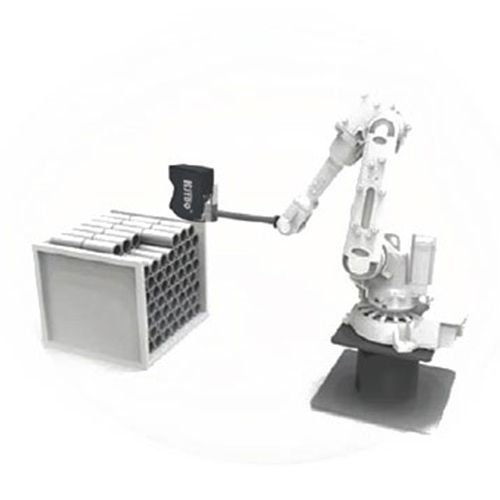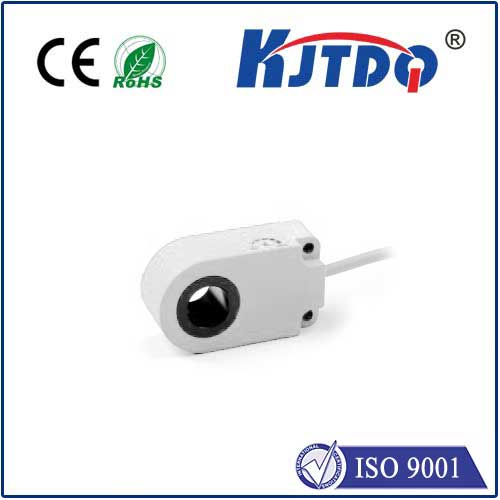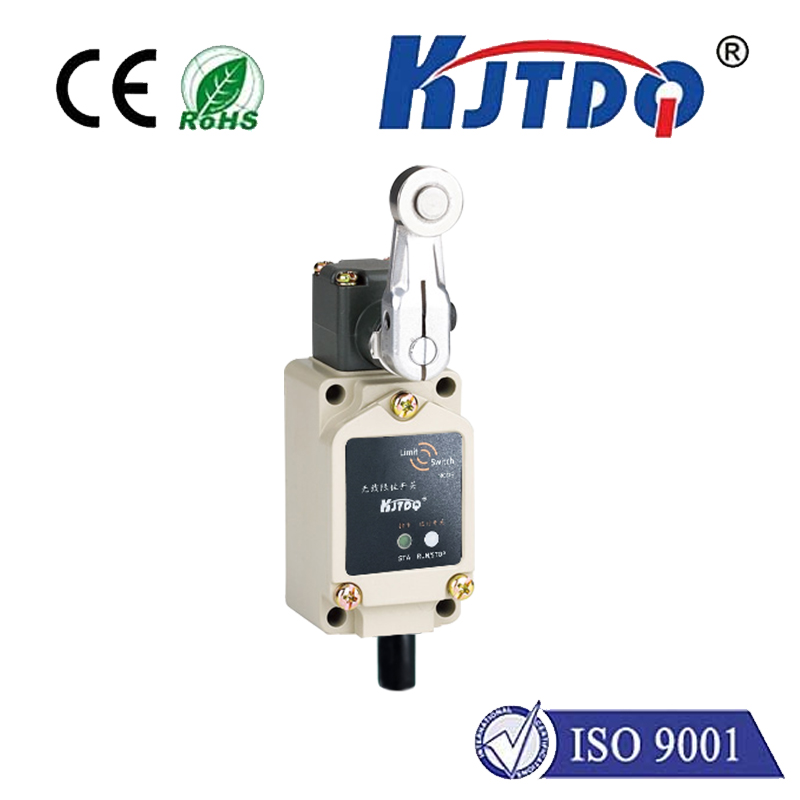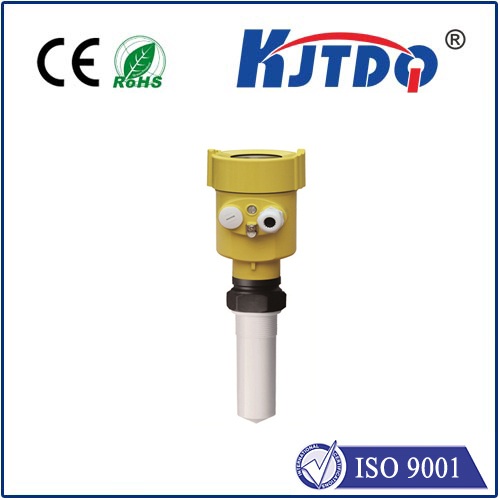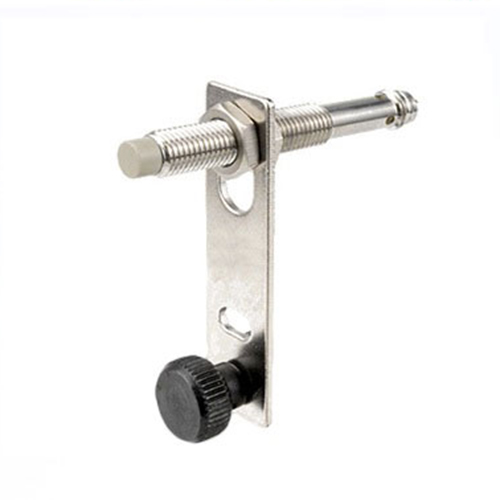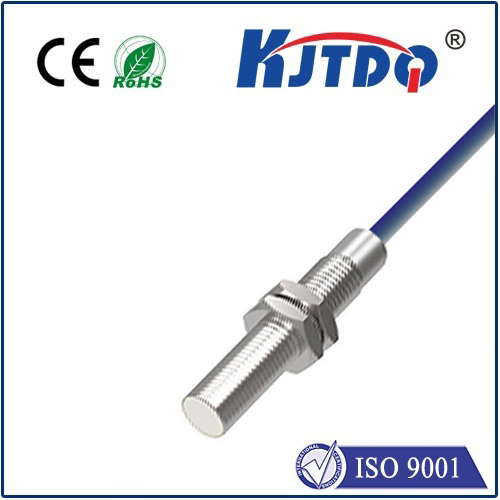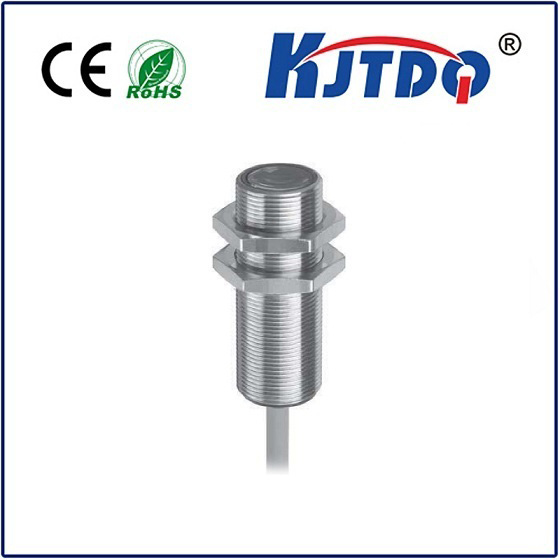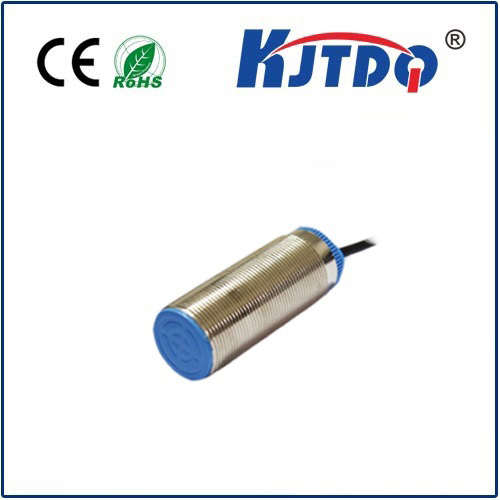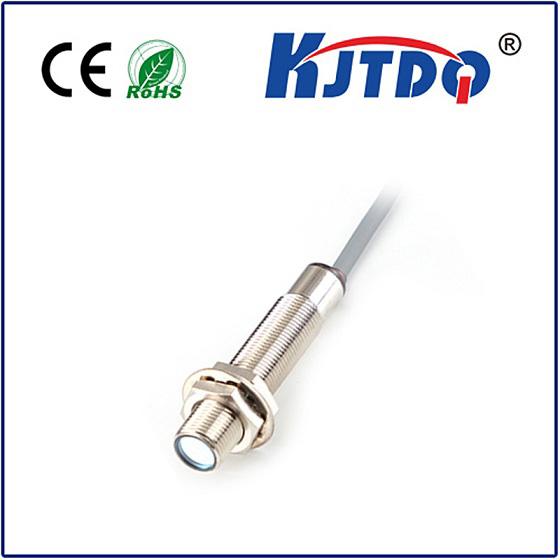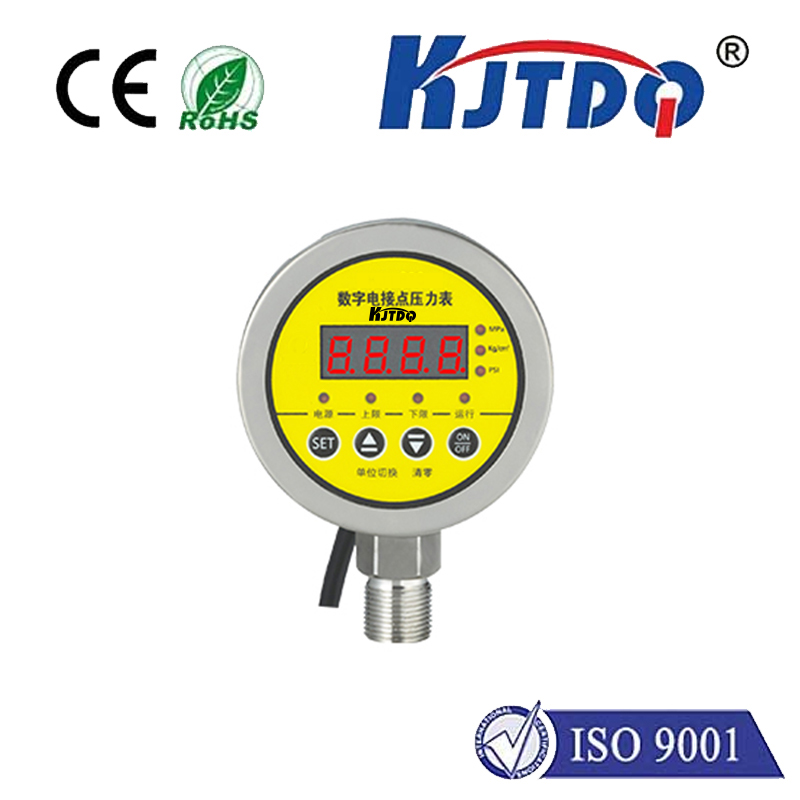

check

check

check

check

check

check

check

check

check

check
As the world becomes increasingly reliant on technology, the demand for reliable and efficient sensors has grown. One such sensor that has undergone significant development over the years is the analog inductive proximity sensor. Originally introduced in the 1960s, these sensors have now evolved into sophisticated devices capable of measuring distances with high accuracy and speed.
The early versions of analog inductive proximity sensors used a simple design consisting of a coil and a magnetic probe. When a metal object approached the coil, it created an electric current that could be measured to determine the distance to the object. However, this method had several limitations, such as poor accuracy when measuring long distances and difficulty in operating in environments with high levels of interference.
To address these issues, engineers began experimenting with more advanced designs. One such approach was to use a combination of electromagnetic fields and inductive coupling to improve accuracy and sensitivity. Another technique involved incorporating microelectromechanical systems (MEMS) into the sensor, allowing for miniaturization and enhanced precision.
Today's analog inductive proximity sensors boast numerous advantages over their predecessors. They offer superior performance, including low noise, high resolution, and fast response times. Additionally, they are available in various configurations and can be customized to suit specific applications.
In conclusion, the evolution of analog inductive proximity sensors from basic to advanced technology has been a remarkable journey. These sensors have played a crucial role in numerous industries, from manufacturing and automotive to healthcare and consumer electronics. With continued research and development, we can expect even more innovative and versatile solutions to emerge in the future.
